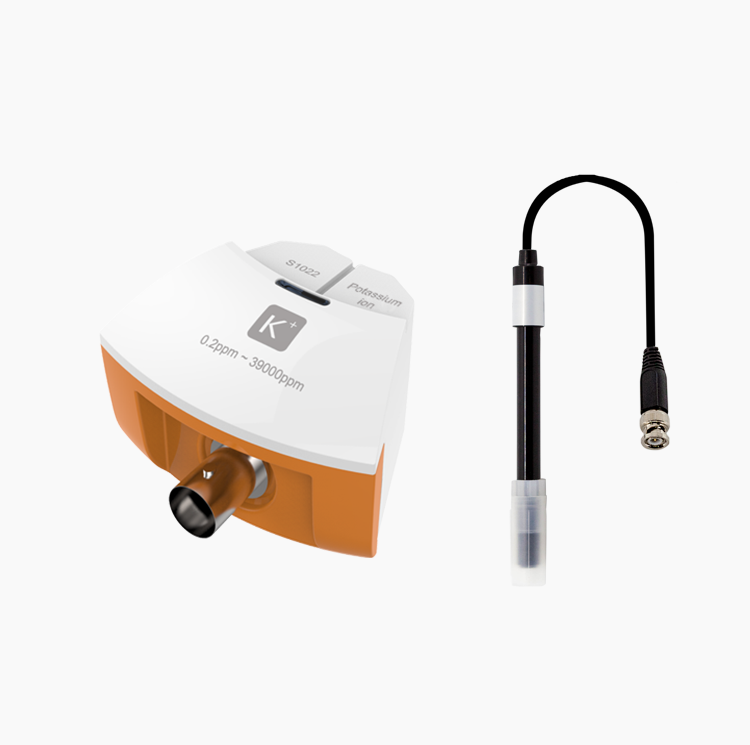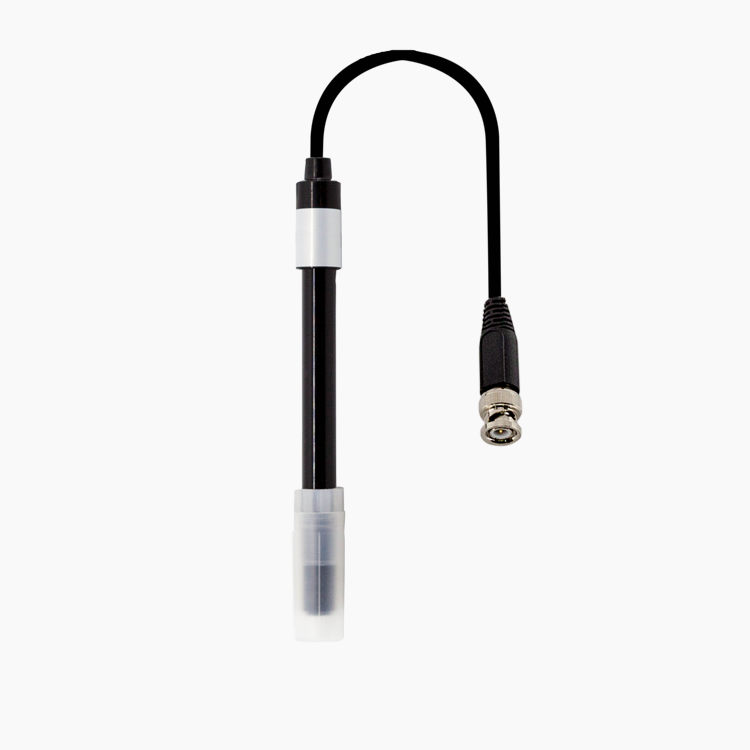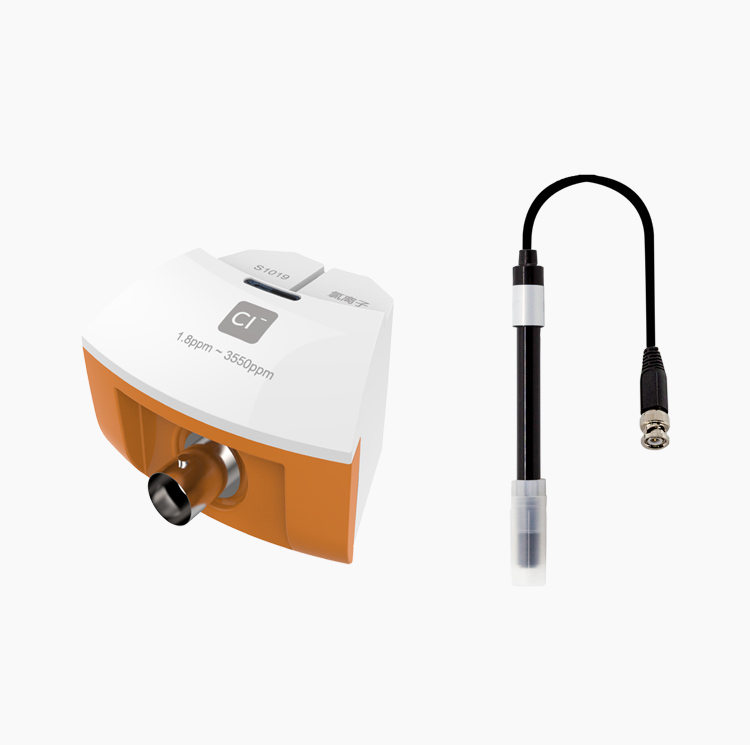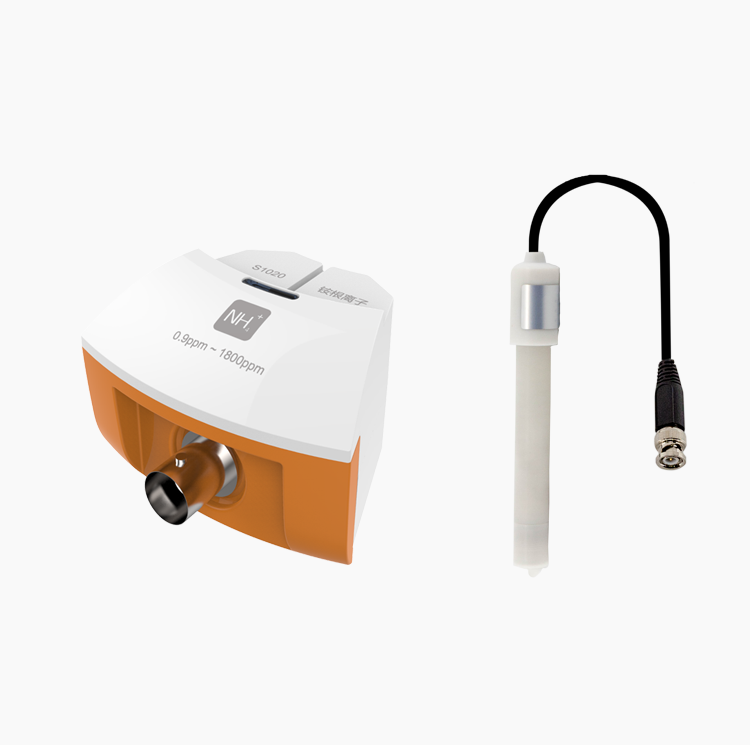Introduction
♦ The sensor is designed with ion selective electrode. It is a kind of electrochemistry sensor which measures ion activity and concentration in solution using membrane potential. When it touches the solution with ion to be measured, membrane potential will be generated between its membrane and solution. Ion selective electrode is also called membrane electrode. There is a layer of special electrode membrane on the electrode which response to specific ion. The relationship between potential of electrode membrane and ion to be measured compliance with Nernst formula. The circuit of sensor converts potential to analog signal.
Usage
♦ Connect Potassium Ion Sensor to any port in SenseDisc.
♦ Connect electrode to Potassium Ion Sensor.
♦ Immerse the electrode into solution to collect data.
♦ When the experiment is completed, rinse the electrode using distilled water immediately. Dry it using filter paper. Cover the electrode and preserve it in bag.
Notes
♦ Immerse the electrode completely in the solution to be measured during measuring.
♦ When change the sample to test, rinse the electrode using distilled water first. Dry it using filter paper. Immerse the electrode into next solution. It will prevent cross-contamination.
♦ The pH value of sample should be within 4-9. You should refer to journals as many as possible or use recognized measure method (such as national standard) to make sure proper usage.
♦ High concentration of sodion and ammonium Ion will affect the experimental result.
♦ Keep the plug of electrode dry and clean. Try to avoid corrosion and contamination occur on it.
♦ Try to avoid friction and strong vibration occur on electrode during using.
♦ Do not dry the electrode using gauze or tissue. It may damage sensing membrane.
Typical experiment
Typical experiment
♦ Detect concentration of potassium ion in KCl.






